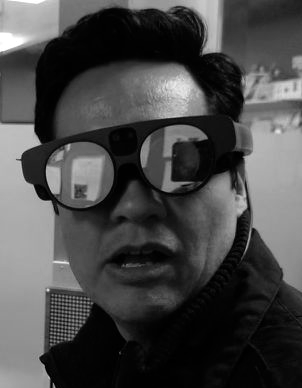
Hi. I'm Víctor Adán.
I help people discover, design and encode the simplest, most effective
automated solution to their manual and error prone business
workflows.